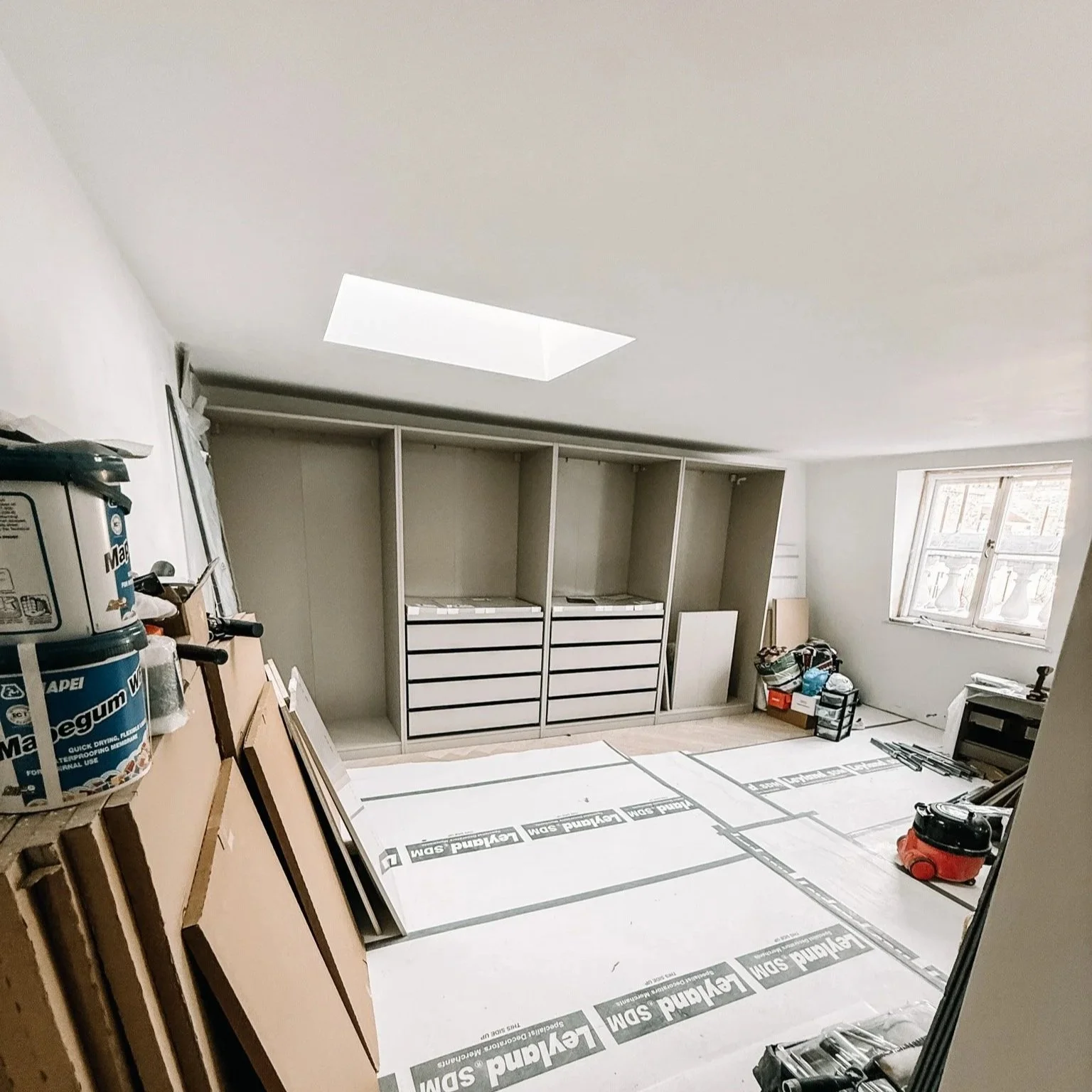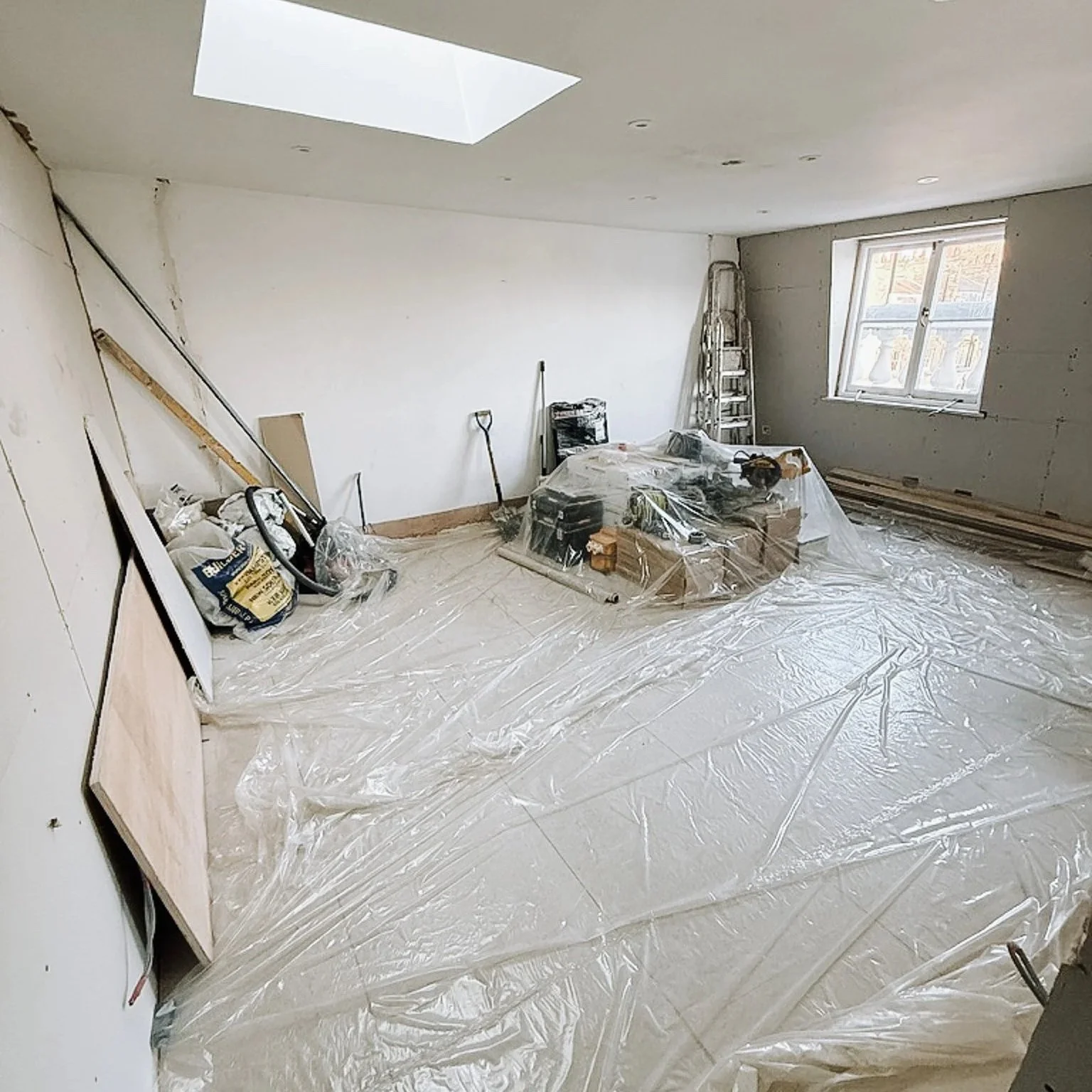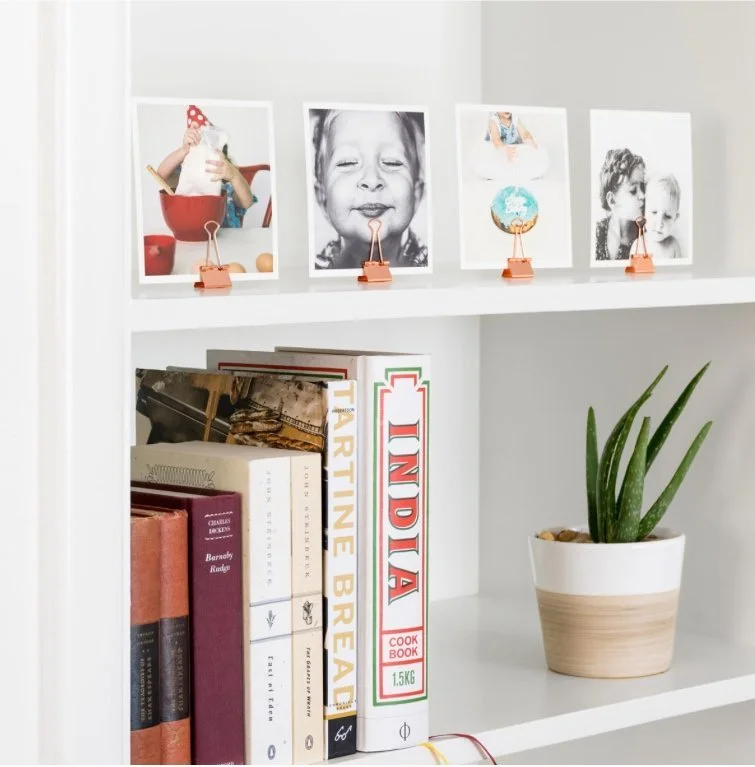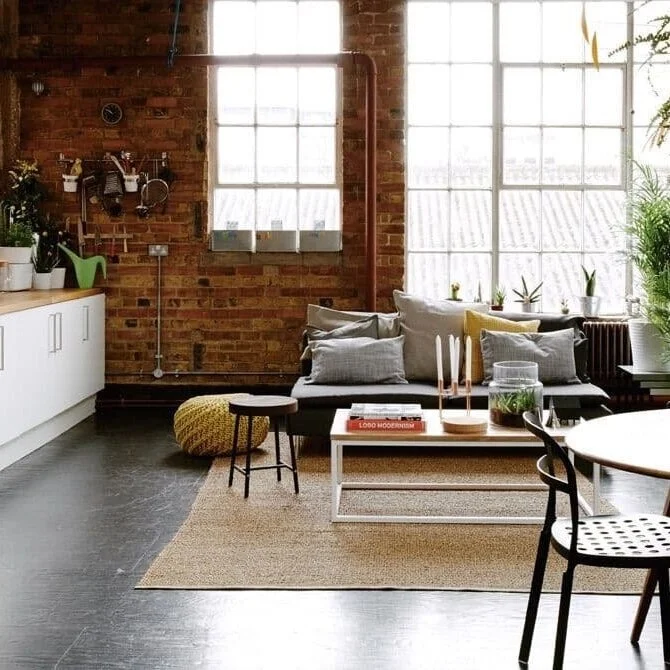Explore the World Through Design + Travel
Stories, photography, and insights from around the globe.

Part 6: Turning Chaos into Structure — Rebuilding the London Pied-à-Terre
After contractor abandonment and faulty infrastructure, I rebuilt the London pied-à-terre from the ground up — managing trades, reconfiguring plumbing, and preparing the space for finishing touches.

Part 5: Rebuilding Momentum — Electrics, Flooring, and Regaining Control
In Part 5 of the London pied-à-terre renovation, I tackled unsafe electrics, replaced and relaid hardwood floors with underfloor heating, and regained control of the project after previous contractor failures. Progress finally began to take shape.

Part 3: Rebuilding Momentum — Early Challenges and Midway Frustrations
By the first few weeks of my London pied-à-terre renovation, communication breakdowns, a confusing milestone payment plan, and on-site mismanagement quickly became clear. From language barriers to incomplete work, I relied on careful project management and legal advice to stay in control — even as progress slowed and frustrations escalated.

PART 2:Behind the Scenes: Transforming Our London Studio
Step behind the scenes of our London studio renovation in Part 2 of the series. From foundational updates and insulation to coordinating contractors and sourcing materials, see how careful planning and project management keep our pier de terre on track — all while balancing a nomadic lifestyle between Los Angeles, Vancouver, Sydney, and London.

Calm, Compact, Connected: Designing Our London Base
After years of traveling and living between Los Angeles, Vancouver, Sydney, and London, finding stillness has become an art form. Our new London studio — our “pier de terre” — is a small space designed to be both a grounding base and a luxurious, functional home. Follow our four-part series as we reveal its transformation from mood boards to finished apartment.

8 interior design tips for soon-to-be parents
Learn how to adjust your home for a baby — from convertible furniture to clever storage, lighting, and open layouts. Expert design tips from Street Designed.

How to source the best vintage finds to fit your needs
Discover where and how to source vintage furniture using in-person and online channels, tips on inspection, negotiation, and avoiding common pitfalls.

Simple, functional, personal — can you have it all? (Yes!)
Striking the ideal balance in home design — where simplicity meets purpose — doesn’t have to sacrifice your personality. This guide explains how to create spaces that are calm, functional, and uniquely yours...

How to make a multi-use space work for you
Living in smaller quarters doesn’t mean losing function. Discover smart space-planning techniques—from convertible furniture to clever storage—that make your home both beautiful and versatile.

The essential guide to eco fabrics for the home
Discover the top eco-friendly fabrics for home interiors, learn how they’re made, and get expert advice on choosing sustainable textiles. | Street Designed

Ready to go bold? 5 brave interior design styles and how they can work for you
Street Designed explores five bold interior design styles—complementary color pairings, monochromatic schemes, feature walls, statement flooring, and expressive soft furnishings—and explains how to use each one effectively to create striking yet livable interiors.

A beginner's guide to American Architecture (from Queen-Anne to Prairie, and everything in between)
From Cape Cod and Colonial Revival to Prairie and Mid-Century Modern, discover the defining features, origins, and evolution of 11 major American architectural styles.

A beginner's guide to British Period Architecture (Victoria, Edwardian, Georgian and Tudor)
Street Designed: Explore the hallmarks of British period architecture — from Tudor half-timbered homes to Georgian symmetry, Victorian ornamentation and Edwardian simplicity. Learn how design, materials and social change shaped architecture in each era, plus where to see surviving examples across the UK.

What is Cape Cod-Style architecture? Everything you need to know about this timeless New England aesthetic
Learn how Cape Cod–style homes evolved from 17th-century New England to modern coastal design. This guide covers its history, key features, and visual examples.

7 attention-grabbing packaging designs, from super simple to subtle and sophisticated
Packaging design plays a critical role in shaping brand perception. Whether minimal and bold or layered and sophisticated, well-designed packaging not only protects a product but also communicates values, guides buying decisions, and creates memorable user experiences. In this article, explore seven real-world examples and what makes them effective.

What is Urban Modern architecture? How "loft living" started in NYC and swept across the world
Urban Modern architecture merges industrial character with minimalist design. Learn how loft living began in 1960s New York, how it evolved, its pros & cons, and how to incorporate its aesthetic anywhere — all in this comprehensive StreetDesigned article.

What is Farmhouse architecture (and how do you get it right in 2021)?
Farmhouse architecture has roots in early colonial America: simple floor plans, wood and stone construction, large porches, gable roofs. Today’s modern farmhouse adapts those hallmarks — symmetrical windows, natural materials, clean lines — for suburban and urban homes, mixing rustic charm with contemporary design.

Fonts and typefaces — the do's and don'ts for getting it right
You’ll only need two to three fonts — max. Use consistent typefaces across all your touchpoints, adjust kerning carefully, and build a clear typographic hierarchy to guide viewers through your content.

What is Scandinavian architecture? 4 defining styles from Sweden, Denmark and Norway
Scandinavian architecture blends functionality, simplicity, and environmental awareness. This guide from Street Designed traces its history—from medieval influences to modern Scandinavian architecture—highlighting four distinct styles from Sweden, Denmark, and Norway, and the key elements like natural light, clean lines, and sustainable design.

What is "Warehouse Chic"? A quick history of industrial architecture
Explore how warehouse chic evolved from utilitarian industrial structures into a defining design style. From raw brickwork and exposed pipes to lofty ceilings and giant windows—learn the classic features and ways to apply them in your space with clarity and style.
